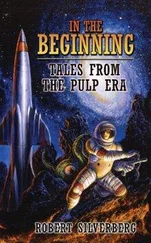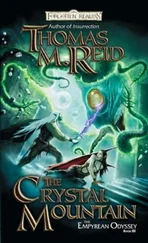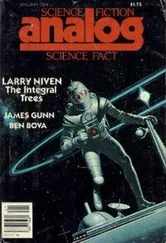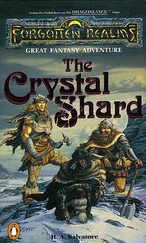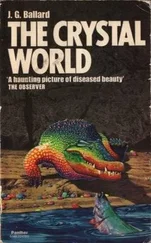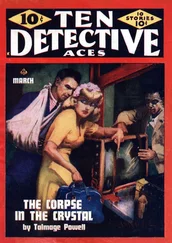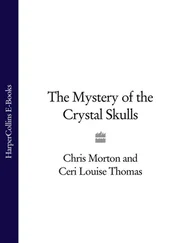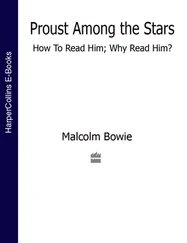Sepharial
With a Concise Dictionary of Astrological Terms
e-artnow, 2021
Contact: info@e-artnow.org
EAN 4066338119162
CHAPTER I. A POSTULATE
CHAPTER II. QUALIFICATIONS
CHAPTER III. PRELIMINARIES
CHAPTER IV. THE VISION
CHAPTER V. DIFFICULTIES
CHAPTER VI. SYMBOLS
CHAPTER VII. SOME EXPERIENCES
CHAPTER VIII. DIRECTIONS FOR USING THE OVOIDS AND SHPERES FOR CRYSTAL OR MIRROR VISION
CHAPTER IX. CONCISE DICTIONARY OF ASTROLOGICAL TERMS
Table of Contents
Any attempt at a scientific explanation of the phenomenon of "crystal seering," to use an irregular but comprehensive term, would perhaps fall short of completeness, and certainly would depend largely upon the exercise of what Professor Huxley was wont to call "the scientific imagination." The reasons for this are obvious. We know comparatively little about atomic structure in relation to nervous organism. We are informed to a certain degree upon atomic ratios; we know that all bodies are regarded by the physicist as a congeries of atoms, and that these atoms are "centres of force." Primarily, the atomic theory would refer all heterogeneous bodies to one homogeneous substance, from which substance, by means of a process loosely referred to as "differentiation," all the elements are derived. These elements are the result of atomic arrangement, and the atoms of each are known to have various vibrations, the extent of which is called the "mean free path of vibration." The indestructibility of matter, the fact that all nature is convertible, and the absolute association of matter and force, lead to the conclusion that since every change in matter implies a change of force, matter must be ever living and active, and primarily of a spiritual nature. The great Swedenborg, no less a scientist than a spiritual seer, laid down his doctrine of "Correspondences" upon the primary concept of the spiritual origin of all force and matter. Matter, he argued, was the ultimate expression of Spirit, as Form was that of Force. Spirit was to Force what Matter was to Form—our ideas of Matter and Form being closely related. Hence, for every Spiritual Force there is a corresponding Material Form , and the material or natural world corresponds at all points with the world of spirit, without being identical. This, in brief, is the conclusion to which the "scientific imagination" of the present day, extending as it does from the known into the unknown, is slowly but surely leading up.
Taking as our postulate the scientific statement of the atomic structure of bodies, atomic vibration and molecular arrangement, we turn to consider the action exerted by such bodies upon the nervous organism of man.
The function of the brain—which must be regarded as the bulbous root of a nervous plant whose branches grow downwards—is twofold; to affect, and to be affected. In its active or positive condition it affects the whole of the vital and muscular processes in the man, finding expression in vital action. In its passive or negative state it is affected by impressions coming to it in different ways through the sense-organs, resulting in nervous and mental action. It is this latter phase of brain-function with which we are immediately concerned.
The range of our sense-perception puts us momentarily and continually in relation with the material world, or rather with a certain portion of it. We say a certain portion because we know from scientific experience that the scale or gamut of sense-perception is limited, both as to its extent and as to its quality. Many insects, birds, and quadrupeds have keener perceptions in some respects than man. The photographic plate can register impressions which are beyond the perception of our highest sense of sight. The Röntgen rays have put us into relations with a new order of impression—records quite beyond the range of our normal vision. The animalcule and microbic life, itself microscopic, has yet its own order of sense-organs related to a world of vitality beyond our ken. These, and a host of other observations, serve to show that our normal perceptions are extremely limited, and, further, that nature does not cease to exist where we cease to perceive her.
The relation of our sense-organs to the several degrees of matter, to solids, fluids, gases, atmospheric and etheric motions, vary in different individuals to such a wide extent that the average wool-sorter leaves many an artist behind in his perception of colour-shades. The same odour is perceptible by one person and unrecognisable by another. In the gradation of sound, too, the same differences of perception will be commonly noticed. But quite apart from the scale or range of perception, the quality of a sense-impression is found to vary with different persons. By this we mean that the same body will affect different persons in dissimilar manner. Hence arises the variety of "tastes" in regard to forms, colours, flavours, scents, sounds, fabrics, etc., what is agreeable to one being highly objectionable to another. The experience is to common to need illustration; but the conclusion to which we are led is that, in relation to the nervous system of man, every material body has a variable effect. And this clears the ground for a statement of our views in regard to the Crystal and its effects upon the seer.
The Crystal itself is a clear pellucid piece of quartz or beryl, sometimes oval in shape, but more generally spheroidal. It is accredited by Reichenbach and other researchers with highly magnetic qualities capable of producing in a suitable subject a state analogous to the ordinary waking trance of the hypnotists. It is believed that all bodies convey, or are the vehicles of, a certain universal magnetic property, variously called Od, Odyle, etc., which is regarded as an inert and passive substance underlying the more active forces familiar to us in kinetic, calorific, and electrical phenomena. In this respect it bears a position analogous to the Argon of the atmosphere. It is capable of taking up, sympathetically, the vibrations of those bodies or elements to which it is temporarily related. But of itself it has no activity, although in its still, well-like, and calm depths it holds the potentiality of all magnetic forces. This Odyle, then, is particularly potent in the quartz or beryl, when brought into activity by the intention of the seer. It produces and retains more readily in that form the various images communicated to it from the soul of man. And the soul, in this connection, must be regarded as the repository of all that complex mass of emotions, thoughts, impressions, perceptions, feelings, etc., included in the inner life of man; for the soul of man is not the less a scientific fact because there are those who bandy words concerning its origin and nature. Reichenbach has shown by a series of experiments upon sensitive and hypnotised subjects that metals and other substances produce very marked effects in contact with the human body. Those experiments showed, too, that the same substance affected different patients in diverse manner. The hypnotic experiments of Dr. Charcot, the well-known French biologist, also demonstrate the rapport existing between the sensitive patient and foreign bodies when in proximity or contact; as for example, when a bottle containing a poison was taken at random from among a number of others of exactly similar appearance, and applied to the back of the patient's neck, the hypnotised subject would once develop all the symptoms of poisoning by arsenic, strychnine, prussic acid, etc., it being afterwards ascertained that the bottle thus applied actually contained the toxine whose effects had been portrayed by the subject.
Читать дальше

